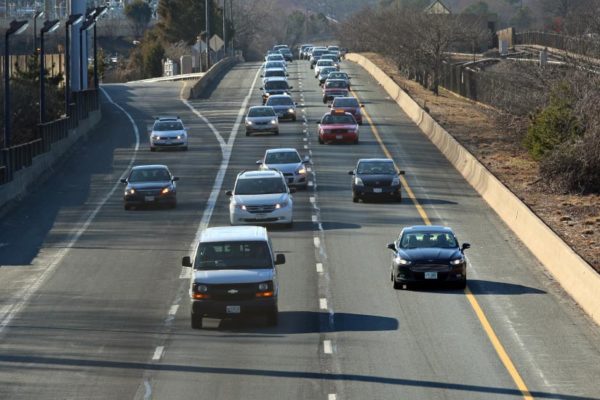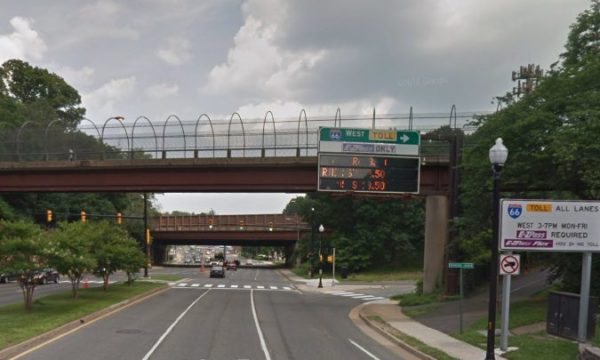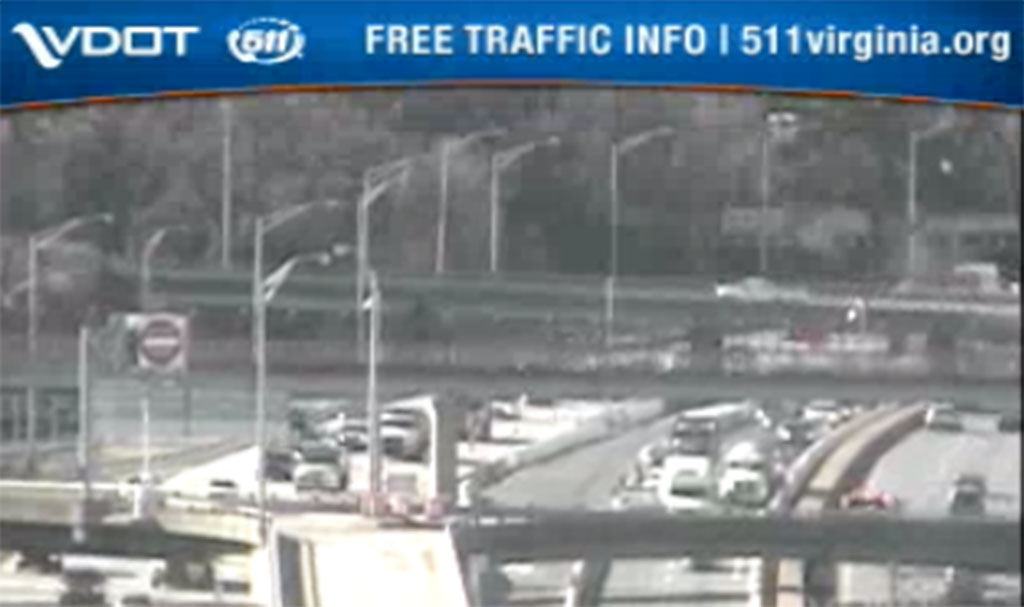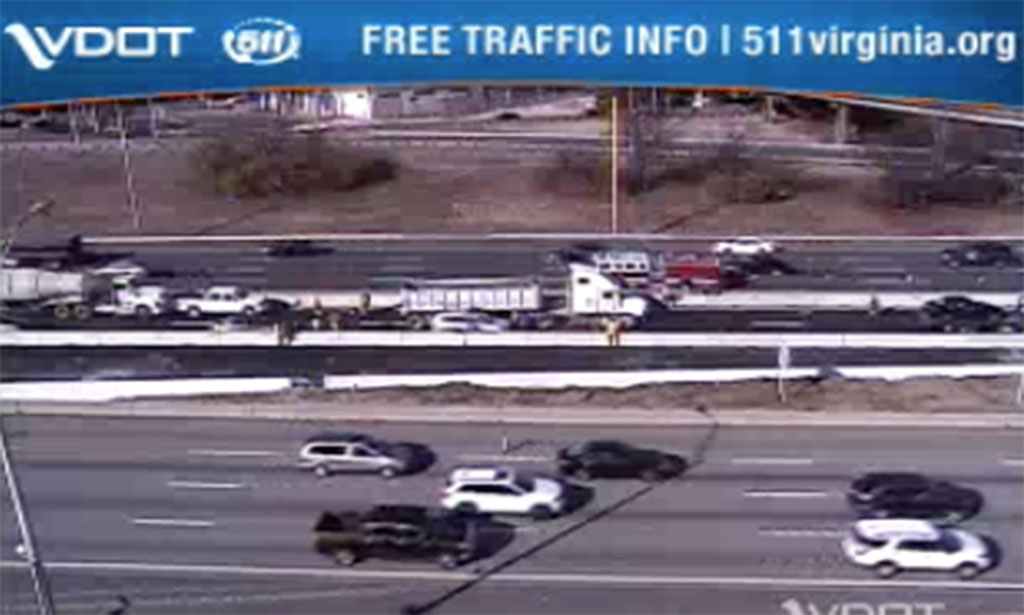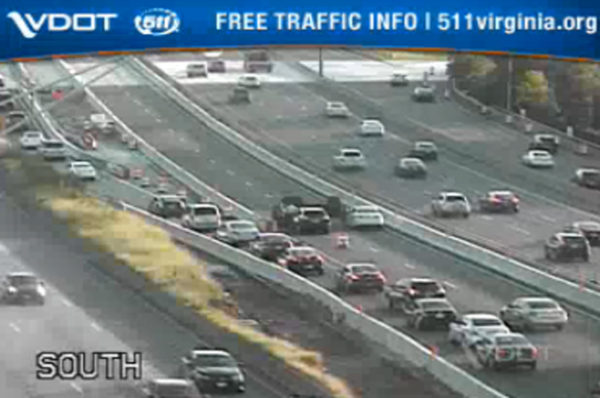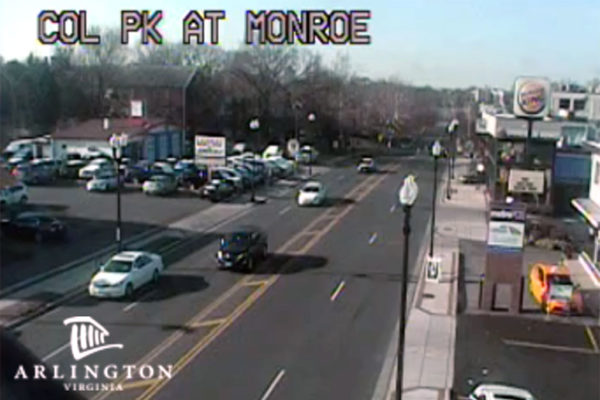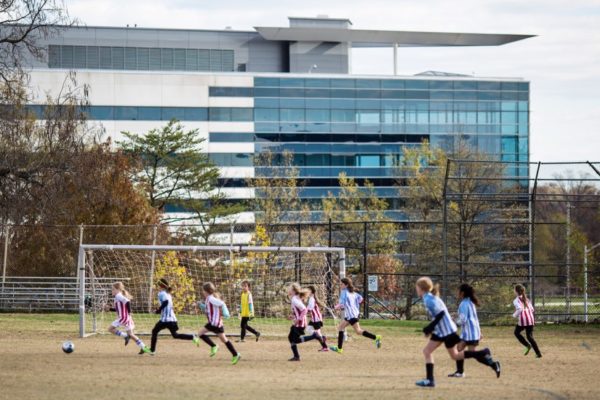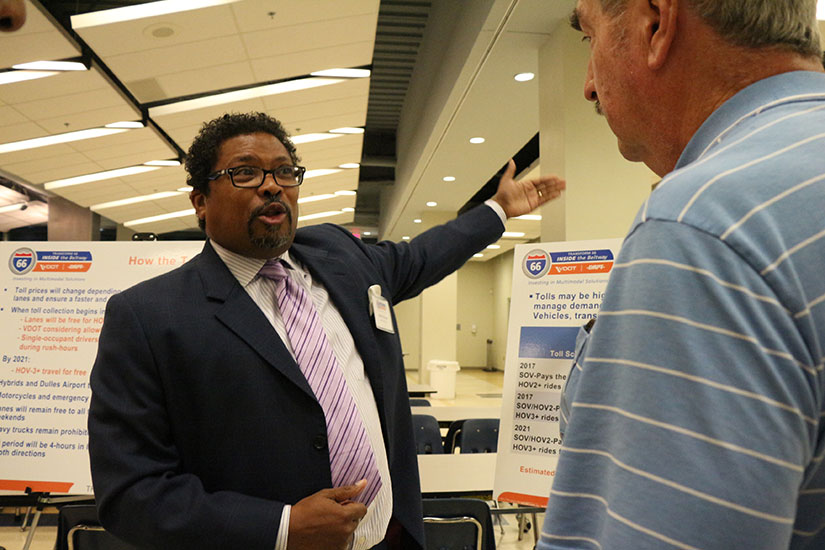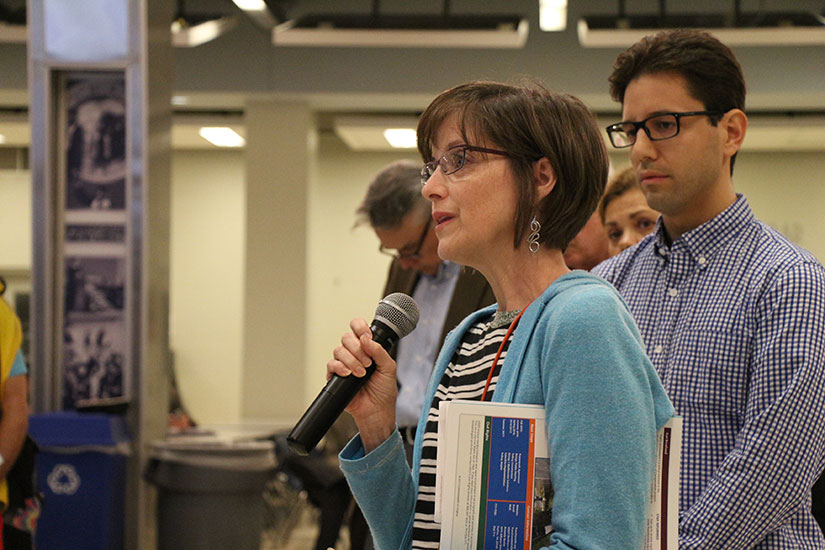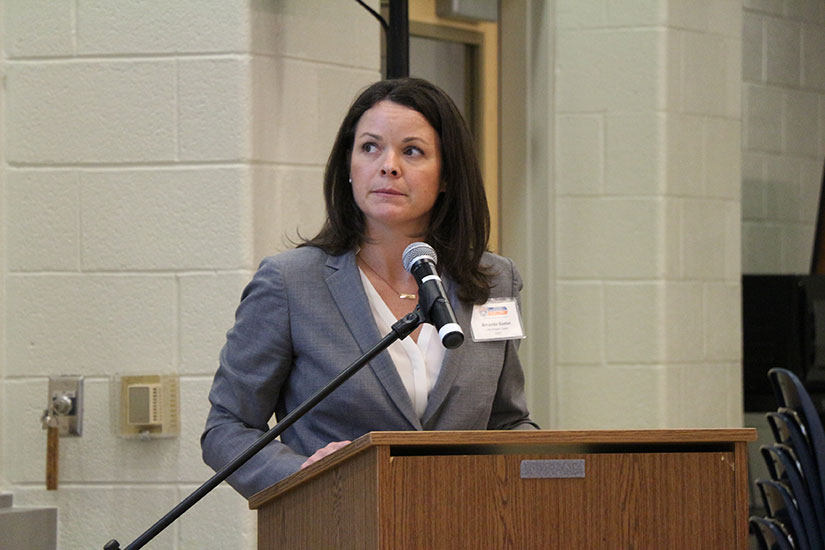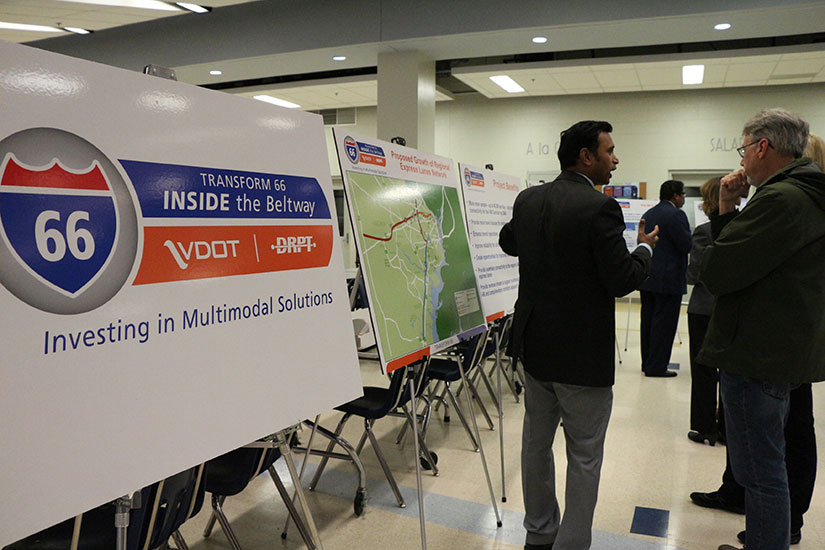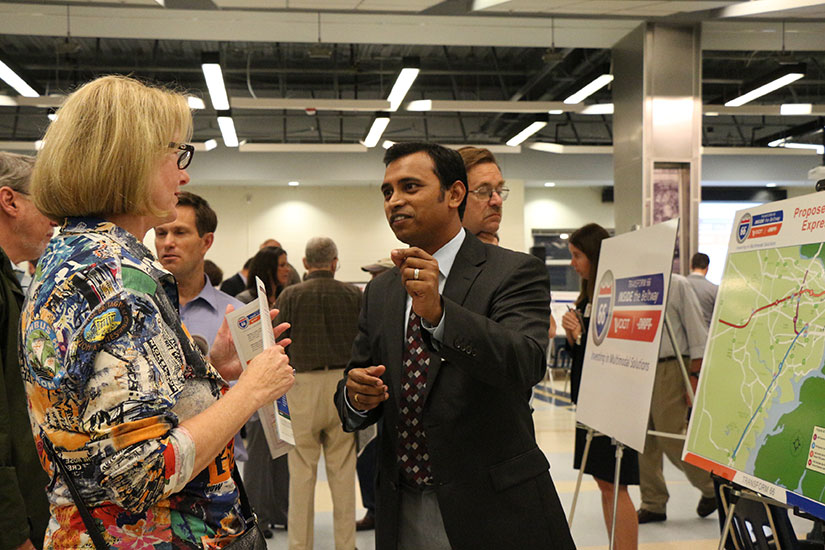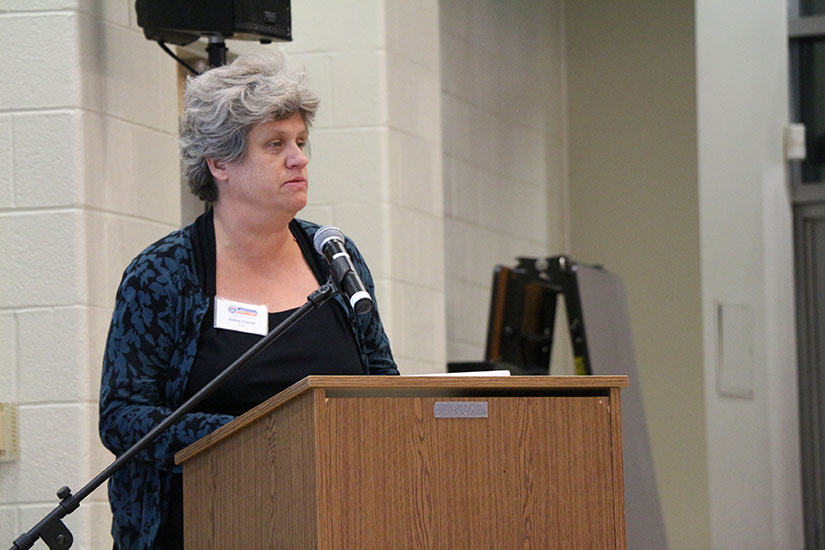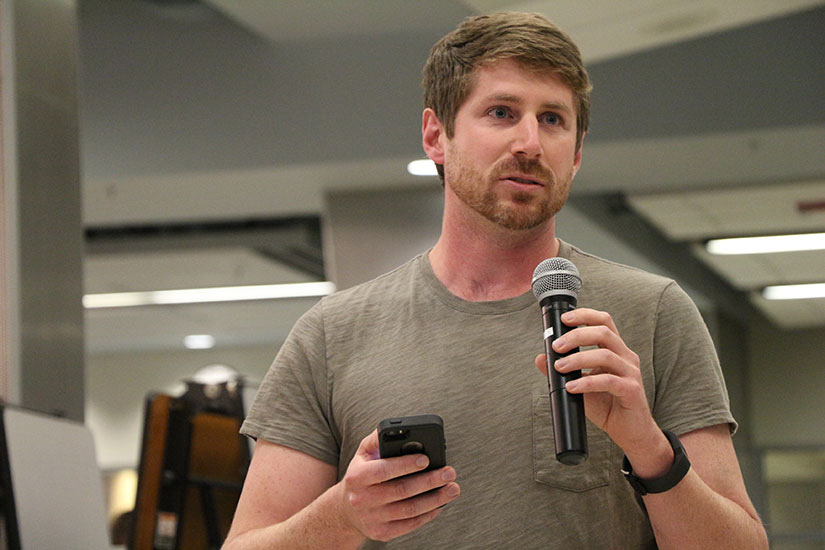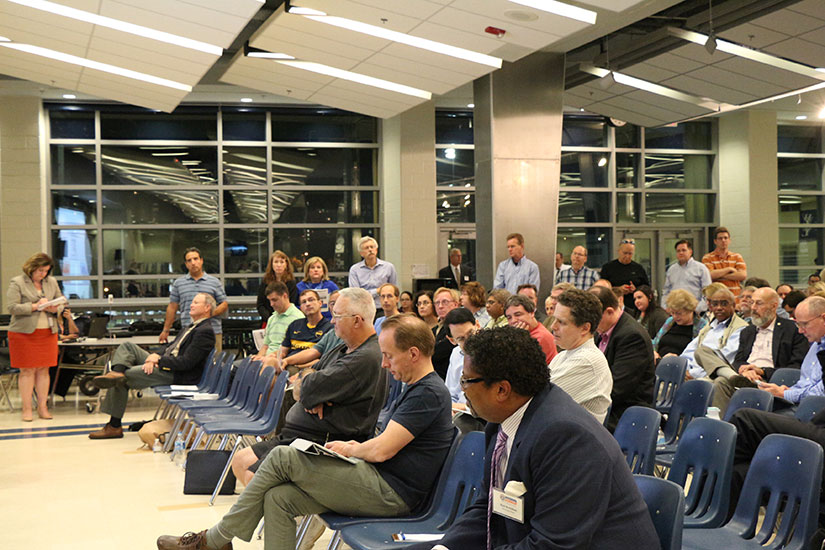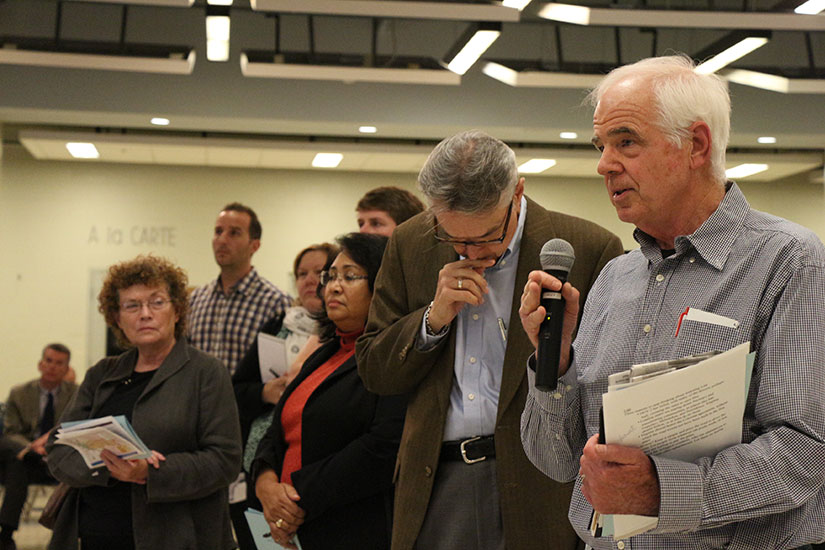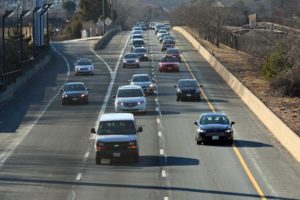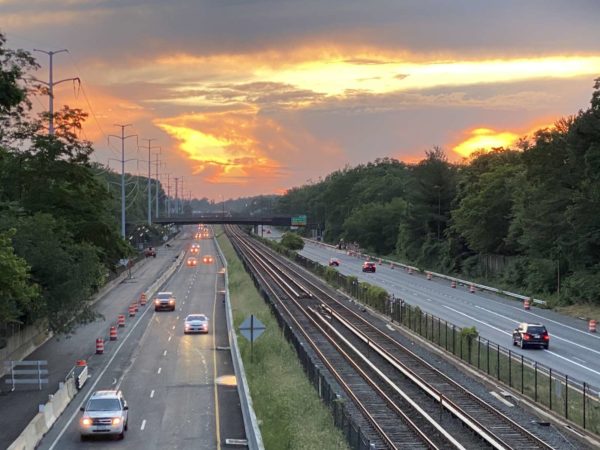
If you plan on driving on I-66 during peak hours next month, make sure there are at least two other people in the car with you to avoid paying a toll.
I-66 is shifting from HOV-2 to HOV-3 in early December, the Virginia Department of Transportation (VDOT) recently announced. Starting Dec. 5, only those with traveling with three or more people will be eligible to avoid the tolls, which apply inside the Beltway during peak travel times and directions.
Single riders or those traveling with just two passengers will now have to pay a toll, at a price based on traffic volume — known as “dynamic tolling.”
The inside the Beltway I-66 tolling takes place on non-holiday weekdays from 3-7 p.m. westbound and 5:30-9:30 a.m. eastbound.
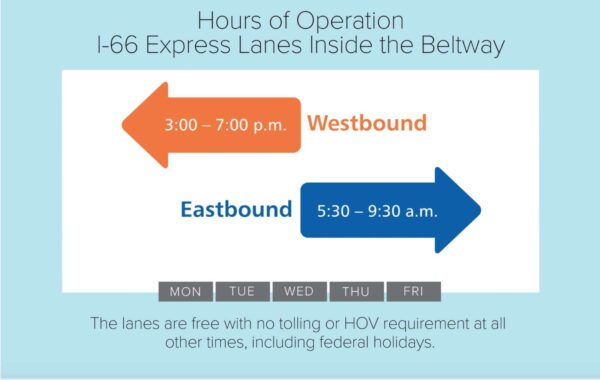
VDOT also notes that in order to use the lanes during these rush hours, drivers need to have an E-ZPass transponder. The state transportation agency said in a press release that the new requirements are “consistent with HOV requirements on the other express lanes in Northern Virginia.”
The I-66 tolling inside of the Beltway started five years ago, accompanied by a g ood amount of griping about the high toll prices. Previously, the lanes could only be used by high occupancy vehicles during peak times, with no options for paying a toll.
Construction is now complete on the 22-mile section of Express Lanes outside of the Beltway that runs from Fairfax County into Prince William County, after about six years of work. The eastbound lanes are opening this weekend with the westbound lanes opening by the end of the month, both a few weeks ahead of schedule.
More from the press release:
Motorists can choose to use the 66 Express Lanes, which are adjacent to general purpose lanes on I-66, by paying a toll. Toll prices are dynamic, and fluctuate depending on traffic volumes and speed in order to manage demand for the lanes and keep traffic flowing. Eligible High Occupancy Vehicles (HOVs) can use the 66 Express Lanes toll-free but must have an E-ZPass Flex set to the “HOV On” mode.
Currently, vehicles must have two or more occupants to qualify as HOV on I-66. Starting Monday, Dec. 5, vehicles will need to have three or more occupants to qualify as HOV on I-66 and travel the express lanes without paying a toll. This change from HOV-2+ to HOV-3+ will apply across the entire I-66 corridor including the 22.5-miles of 66 Express Lanes located outside the Beltway, as well as the nine miles of 66 Express Lanes located inside the Beltway between I-495 and Route 29 in Rosslyn, which operate on weekdays during peak periods in peak commute directions. This HOV-3+ requirement is consistent with HOV requirements on the other express lanes in Northern Virginia.
This change from HOV-2+ to HOV-3+ also will take effect on the stretch of I-66 west of the express lanes between Haymarket and Gainesville where there will continue to be a traditional HOV lane that operates during peak travel periods.


